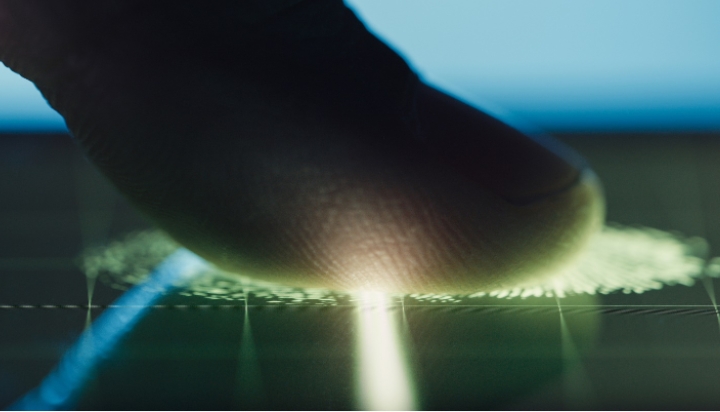Safeguarding individuals, assets, and sensitive information against unwanted visitors has never been more crucial. Enter Biometric Visitor Management Systems – a cutting-edge solution that addresses the complex security challenges faced by a wide range of institutions, from schools and hospitals to retail stores, offices, and remote workforces. These systems showcase unparalleled accuracy compared to traditional guest visitation monitoring methods, making them the go-to choice for resolving contemporary security issues effectively.
An Overview
Biometric Visitor Management System is designed to streamline appointment management and control visitor access seamlessly. To understand its inner workings, let’s break it down into two distinct phases:
1. Visitor Registration Phase
When a visitor, be it a concerned parent at a school or any other individual, arrives at a facility, they undergo the initial registration phase. During this phase, they are required to provide their biometric data, which may include fingerprints or facial recognition scans. This data is then recorded by the system. Additionally, visitors must submit their demographic information for identity verification.
2. Authorization Phase
The second phase comes into play when a visitor returns to the premises. At this point, they are required to scan their biometric data once more. The system meticulously matches this data with the records from the initial registration phase. If a precise match is found, the visitor is granted authorized access. In cases where the system fails to find an accurate match, it promptly flags the visitor as unauthorized, necessitating further review.
If you’re seeking a reliable biometric visitor management system for your organization, consider exploring NCheck.net for user-friendly and powerful visitor management solutions.
The Precision of Biometrics: Making Visitor Management Accurate
What sets Biometric Visitor Management apart and makes it exceptionally accurate is its reliance on biometric aspects. Unlike traditional methods, such as access cards or paper badges, biometrics leverage an individual’s physiological characteristics. These characteristics, including fingerprints, facial features, or iris patterns, are unique and intrinsic to each person. Consequently, they are nearly impossible to falsify or share, significantly reducing the risk of identity fraud.
In contrast, traditional methods are susceptible to fraudulent use, allowing unauthorized individuals to gain access by using someone else’s credentials. Biometric data, on the other hand, is notoriously challenging to replicate. Additionally, a VMS system powered by biometrics offers speed, convenience, and freedom from human errors, further enhancing its accuracy and efficiency.
Applications Across Industries
The versatility extends across a myriad of industries and sectors. From educational institutions, corporate offices, and healthcare facilities to government buildings, technology companies, hotels, events, residential communities, data centers, and airports, the applications are vast. In all these domains, the primary objective remains consistent: controlling access, thwarting unwanted visitors, streamlining operations, and fortifying security.
In essence, they are a formidable security solution, safeguarding individuals, assets, and confidential data in an era where security has never been more critical. These systems will continue to stay at the forefront of guest visitation management, setting new standards for precision and effectiveness.

